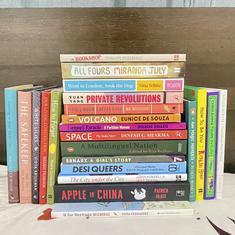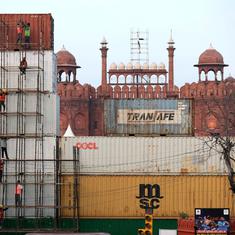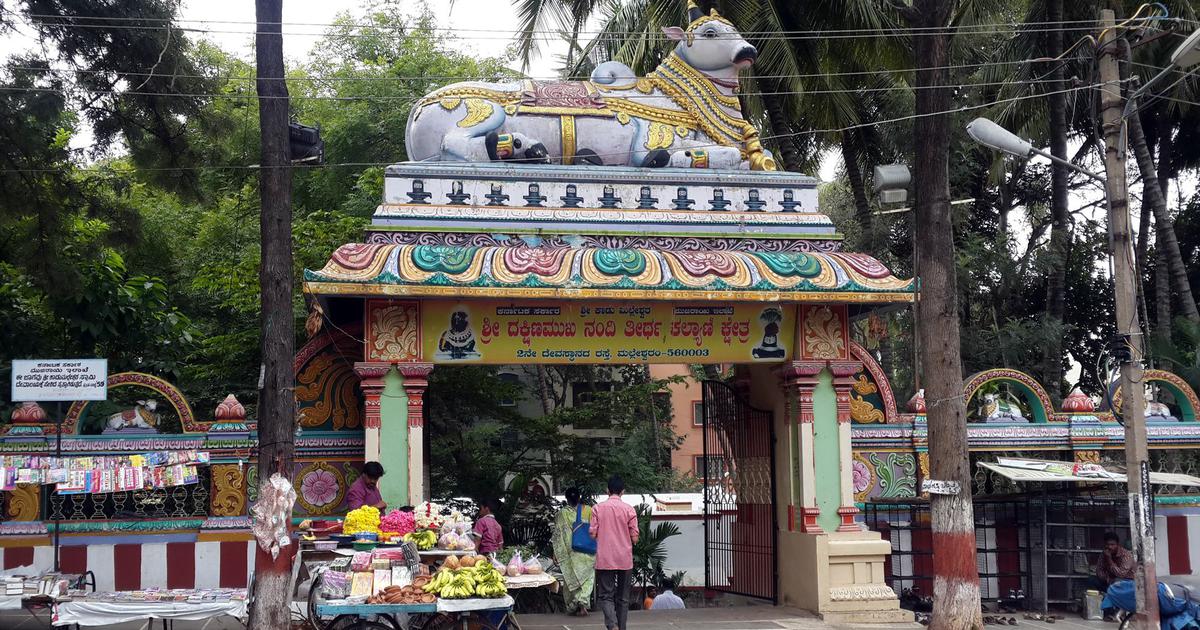Situated between Sankey and Mantri Mall, Malleshwaram is one of Bangalore's oldest neighborhoods. Flanked by two major roads, Sampige and Margosa, it spans a total of ten main and 18 cross streets. Within this grid lie the most beautiful houses, eateries, mutts, and markets.
Malleshwaram is not representative of Bangalore city. In fact, it stands in contrast to much of the rest of the city. While Malleshwaram is strikingly traditional, neighbourhoods like Indiranagar, Koramangala and Whitefield come across as slick and global, but bland and rootless.
I have long suspected that this may not be because they lack vitality, but because they lack sediment – of time, ritual, memory, and habit that produces a culture and in turn, belonging.
The demographic profile of these neighbourhoods is also telling: they are inhabited, in large part, by migrants, many of whom arrived only in the past two decades as Bangalore became an IT and startup hub and may not, therefore, have any historical or emotional connection to the city.
This is not to suggest that these are inferior or failed neighbourhoods. They are simply too young. They have not yet had the time, and therefore, the intergenerational continuity, to form a current of sympathy that makes culture possible.
Unlike Malleshwaram, these neighbourhoods remain open but unformed. They are spatially dense but socially thin.
It is in this contrast that the distinctive character of Malleshwaram begins to surface. While other parts of Bangalore lean into novelty, Malleshwaram leans into continuity. The rhythm of life here is slower and the texture thicker. This temperament might best be described as a kind of gentle conservatism.

I concede that what appears to me as gentle conservatism might appear to others as inertia or worse, resistance to change. But I use the word conservatism descriptively. Conservatism, as I use here, only signals a sensibility: a way of living that is unexcited by novelty and privileges slowness over speed. It is an ethos that believes that meaning deepens through repetition and not invention.
No doubt Malleshwaram, like the rest of Bangalore, has changed. But even this change is anchored in memory. It is in this sense that Malleshwaram is conservative. It is an archive of habits, affections and continuities. I invite the reader neither to celebrate nor to critique but only to observe this conservatism.
To observe it, one must turn to places where the ordinary repeats itself so faithfully that it becomes extraordinary. In Malleshwaram, such places are not hard to find.
Eateries are good archives of taste and time. They reveal how habits form and people dwell – in streets, in patterns of consumption and in routines of gathering.
On the 7th Cross stands the famous Central Tiffin Room or CTR Shri Sagar. Established in 1920, CTR has not repainted its interiors in decades – the yellow walls bear stains of fingerprints and oil. The whirring ceiling fans, old marble-top tables and uneven chairs that have wobbled through the years still inhabit the eatery. CTR does not attempt to look vintage; it is vintage. It wears its age with confidence.
Less than 2 km away is another eatery almost invisible to the outsider’s eye. Barely more than a counter, Veena Stores opens at 7 am without announcement and sells out its idlis without needing a menu. The menu is anyway limited, or as I would like to call it, “enough”. Enough is fullness without excess. In Veena Stores, enough is not an economic calculation but a cultural mood.
Unlike the newer Rameshwaram Cafes or other chains that model themselves after urban chic with branches around the city, CTR and Veena Stores are defiantly singular: they do not franchise.
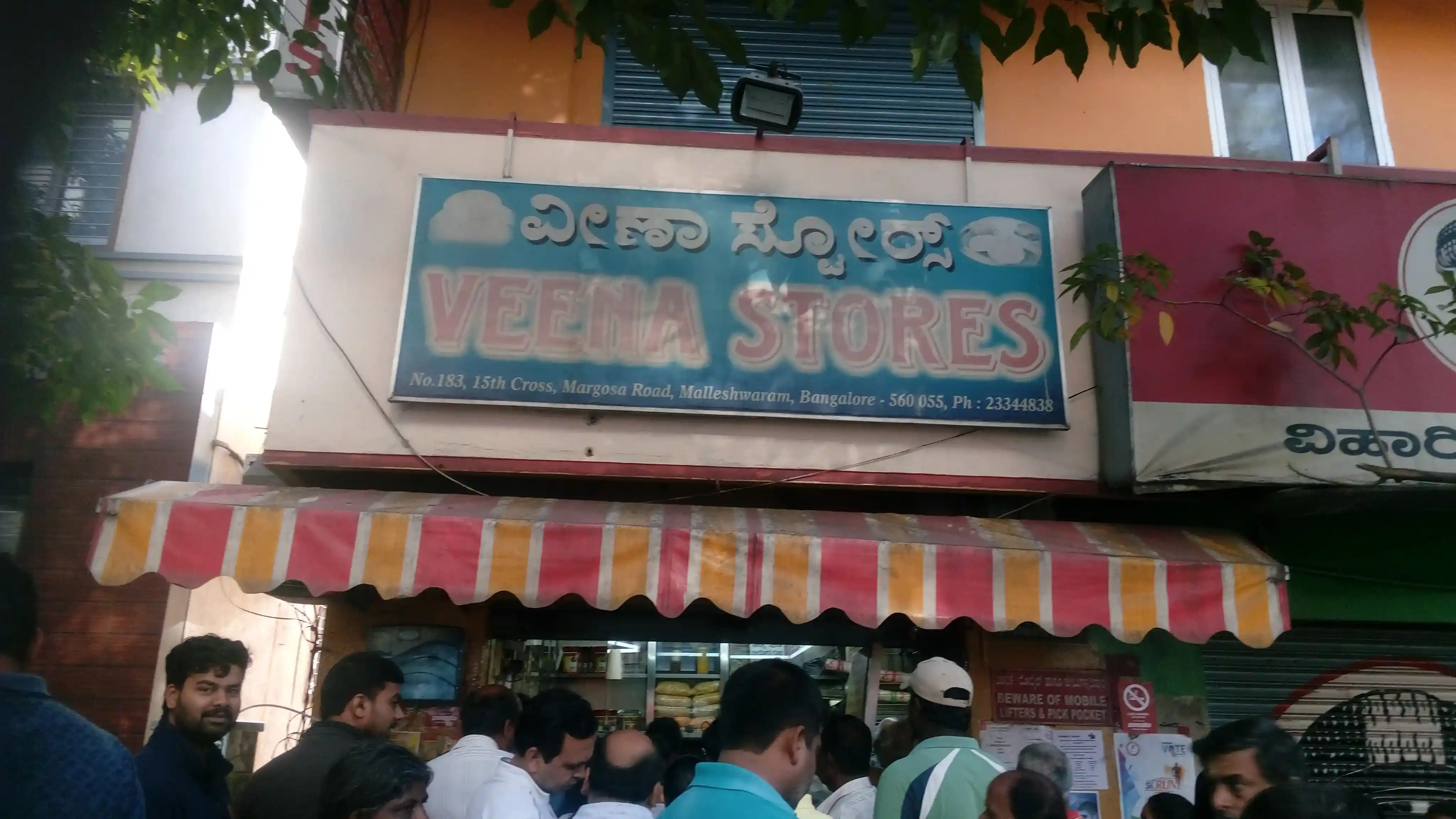
This refusal is born out of neither stubbornness, nor fear. The people here simply don’t experience change as a necessity. There is no emptiness needing to be filled with novelty and no restlessness demanding modernity as proof of progress. To alter the status quo would feel not like improvement, but interruption.
This refusal is not reactionary or ideological conservatism. It is a quieter and more philosophical kind of conservatism: a commitment to preserving what still resonates and to living with and within the grain of time rather than against it.
Like its eateries, Malleshwaram’s temples also serve as living archives of habits. These are beautiful structures but they are not architecturally grand like most Dravidian temples of the South. Perhaps this lack of monumental grandeur allows them to function less as tourist spectacles and more as social spaces, integrated into the daily rhythms of the neighborhood.
Just as a limited menu can feel enough, these modest temples can hold enough sanctity. The spiritual is woven into the routine. I found this lived-in spirituality along the temple street, where a cluster of temples nestles amid the hum of daily busy life.
The Kadu Malleshwara Temple stands as the historical and symbolic heart of Malleshwaram, lending its name to the area and evoking its pre-urban forested past (“kadu” meaning forest in Kannada). Built during the reign of the Vijayanagara Empire and later patronised by Venkoji, the step-brother of Shivaji, the temple is dedicated to Shiva in his Mallikarjuna form.
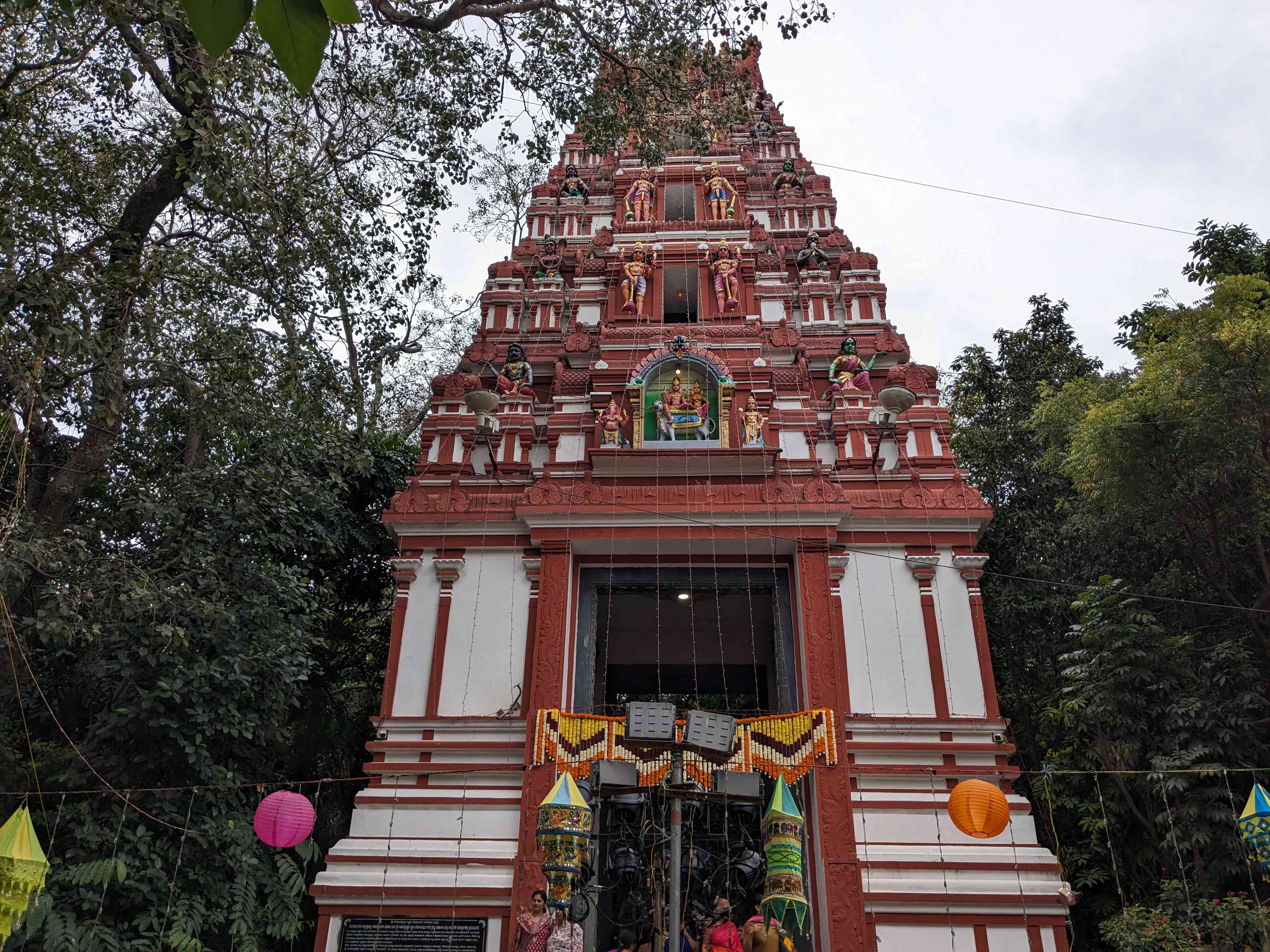
Unlike other medieval temples that sought to impress with scale, Kadu Mallikarjuna’s architecture is subdued and intimate. The temple has a low gopuram (entrance tower), stone pillars, and a sanctum that remains underlit – as if deliberately meant not to dazzle but to envelop. There is a stillness in the temple’s structure that is mirrored in its surroundings: shaded courtyards and old and dense trees.
This is clearly not a monument curated for tourism. It is an active site of everyday worship and social activity. It sustains a spatial ethic that is at odds with the rest of the city. It embodies the aesthetics of sufficiency – not in the minimalist sense of deliberate restraint which is in vogue these days (and which I quite frankly find very dystopian) – but in the sense that everything exists in just the right measure.
The proportions of space, the scale of the deity, the muted palette of stone and shadow quietly assert that everything essential is already present.
Diagonally opposite to Kadu Malleshwara stands the Dakshinamukha Nandi Tirtha. The main attraction of the temple is its south-facing Nandi. A continuous stream of water falls from the mouth of Nandi onto the Shivalinga collecting in a “kalyani” or temple tank.
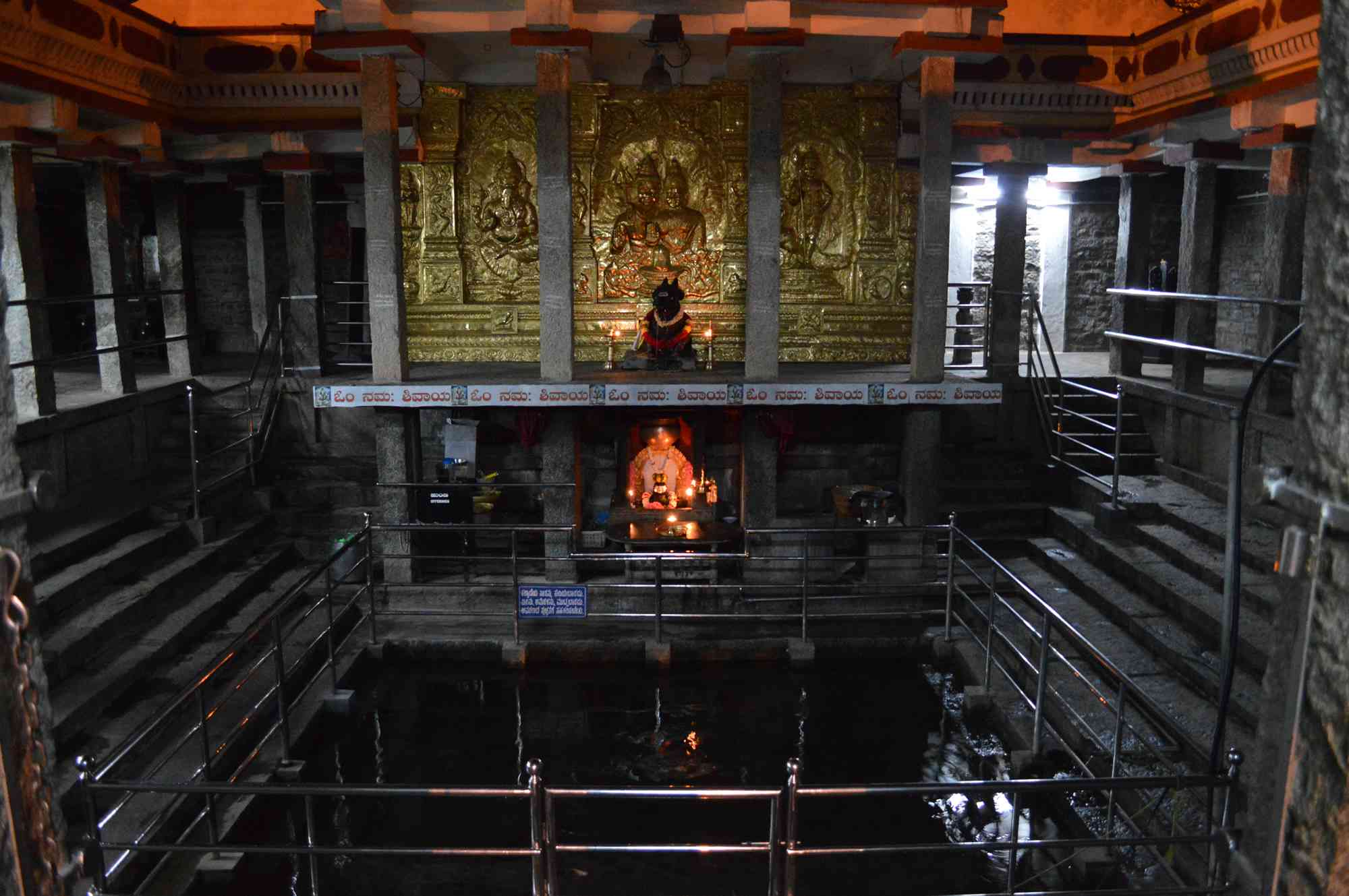
In The Cow in the Elevator: An Anthropology of Wonder, Tulasi Srinivas offers a remarkable account of the discovery and excavation of the temple in 1997. Srinivas recounts that during the excavation of land intended for an apartment complex, a worker fell through what appeared to be a sinkhole, only to find himself swimming in the waters of a stone tank. The Archaeological Survey of India soon took over the site, revealing a temple, complete with walls carved with aquatic imagery – tortoises, fish, and serpents.
The temple tank was continuously replenished by a natural aquifer, which neither dried nor flooded, astonishing residents who had grown tired of Bangalore’s worsening water crises. The “tank temple” became a potent symbol of continuity – of a religious infrastructure that had survived despite being buried, quite literally, beneath the modern city.
What Srinivas captures so powerfully is how this temple became a site where different times seamlessly coalesced. In the rediscovery of the temple, one sees an instance of what philosopher Henri Lefebvre called “differential repetitiveness” – the idea that even the most routine or cyclical actions of daily life, such as walking a familiar path or participating in a ritual, are not truly identical every time they occur.
At Nandi Tirtha, each puja since the shrine was discovered 28 years ago carries the weight of the last, but also the inflection of the present. Time here is not fixed nor quite moving forward but it stretches and bends, as if it is a continuum. In this, it sustains a form of belonging that simply eludes modernity’s grasp.
For Malleshwaram, the rediscovery of the Dakshinamukha Nandi Tirtha was a reminder of the city’s layered temporality. As the rest of Bangalore began to move with speculative real-estate development, this temple in this corner of the city stood as a kind of refusal – a refusal does not necessarily reject change but views change itself as an extension of what came before and demands that it bend toward the past in order to be accepted.
In this way, the tank temple becomes a perfect metaphor for understanding the conservatism that quietly shapes Malleshwaram. This conservatism is contained in a habitual, almost unthinking, reverence for continuity, a reluctance to erase and a preference for recovery over replacement. The tank temple, buried and then unearthed, literally embodies this ethos.
The entanglement of time, ritual, space and memory finds further expression in the worship of Gangamma Devi, whose temple stands right adjacent to the tank temple. This proximity echoes the relationship between Shiva and Gangamma.
Mythologically, Gangamma is the manifestation of the river goddess Ganga, whose descent from the heavens was so powerful that Shiva caught her in his tresses to soften her fall to earth. But in Gangamma Devi Temple, Ganga is less the celestial descent of Shiva’s tresses and more an earthly presence. She is believed to ward off epidemics, diseases, and familial misfortune and bring fertility.
In this way, Gangamma mirrors village goddesses who are immanent rather than transcendent, whose power derives from proximity. The conservatism embodied in worshipping Gangamma is, thus, of a particular kind – it grows from the soil and prioritises what is near, tried and known.
Mundane is not where meaning disappears but where meaning settles. To act without needing to think is not a failure of reason or of thought. It simply means that something has become deeply lived.
Culture is carried in monuments and literature. But it also lives in the many repeated acts of daily life as Malleshwaram shows. A child who has grown up eating at the same eatery continues doing so through to his middle-age, a woman lights a lamp at the same temple every Monday – these people may not announce themselves as keepers of a tradition, but they are. Without consciously intending to, they keep intact the rhythm of a place.
Together, they demonstrate how ordinary spaces, fused with constant use and memory, become quiet acts of public journaling – registering through ordinary and mundane presence. It is through mundaneness that a neighbourhood like Malleshwaram lives and sustains itself – not loudly, but faithfully.
Parv Tyagi is a lawyer and alumnus of National Law School, Bangalore.
